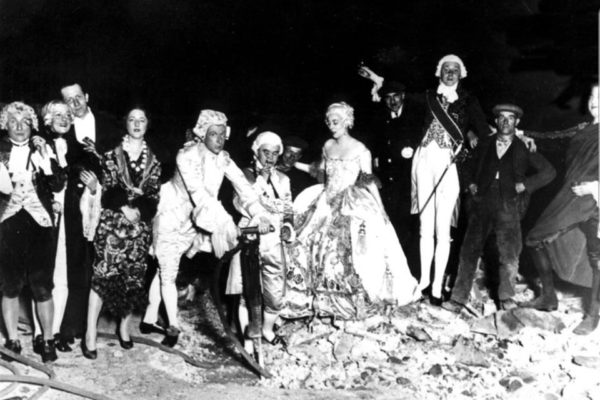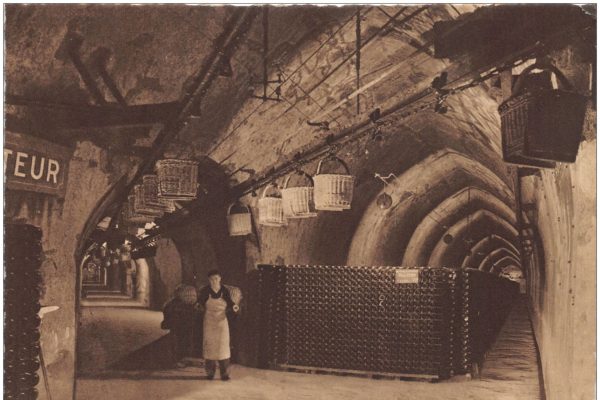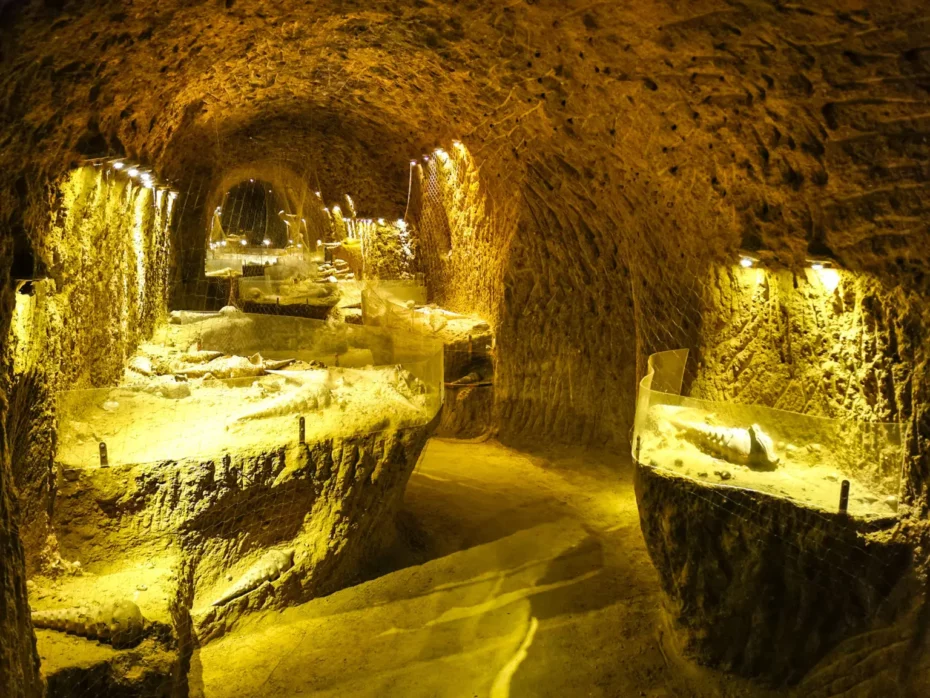
In the world-renowned vineyards of Champagne, known for producing some of the finest sparkling wines, an unexpected treasure trove lies hidden beneath the fertile soil. This region, famous for its bubbly delights, harbors a fascinating secret dating back to an era when it was not covered in lush grapevines but was instead a tropical beach, teeming with life. Beneath the picturesque vineyards, an extraordinary array of fossils has been discovered, painting a vivid picture of a prehistoric past when giant snails, known as Campaniles giganteum, roamed the area.
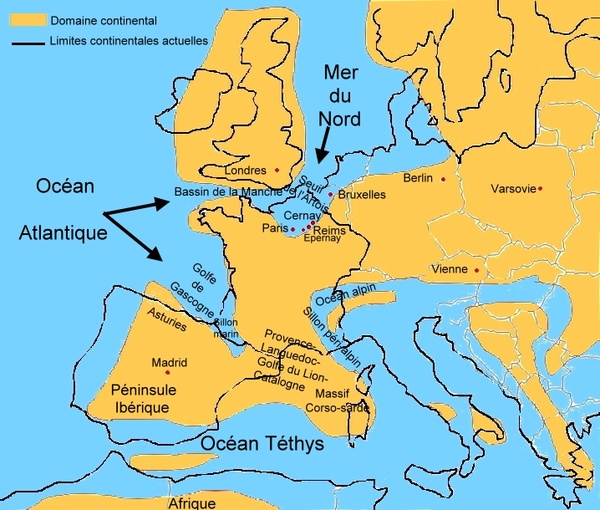
The Marne Valley, which lies at the heart of the Champagne region, is not just a haven for oenophiles but also a paradise for paleontologists. The valley is a rich repository of fossils from the Lutetian era, a division of the Eocene epoch approximately 48 to 40 million years ago. During this period, the region that we now know as Champagne was a warm, shallow sea with a coastline that hosted a myriad of marine creatures.
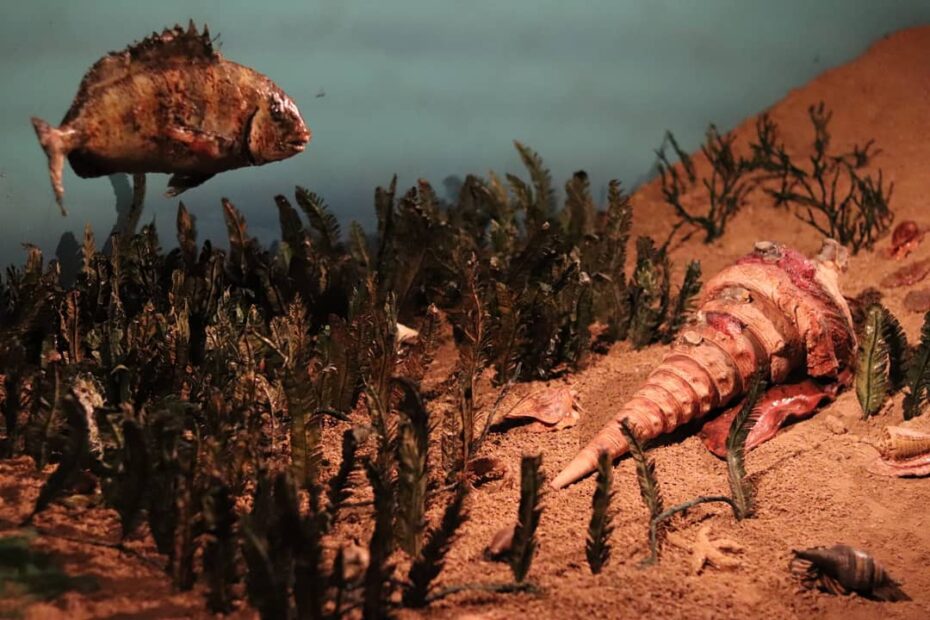
Among the most remarkable discoveries are the fossils of Campaniles giganteum, giant snails that could grow over 40 centimeters in length. These enormous gastropods, with their spiraling shells, were once a common sight in the tropical waters of ancient Champagne.
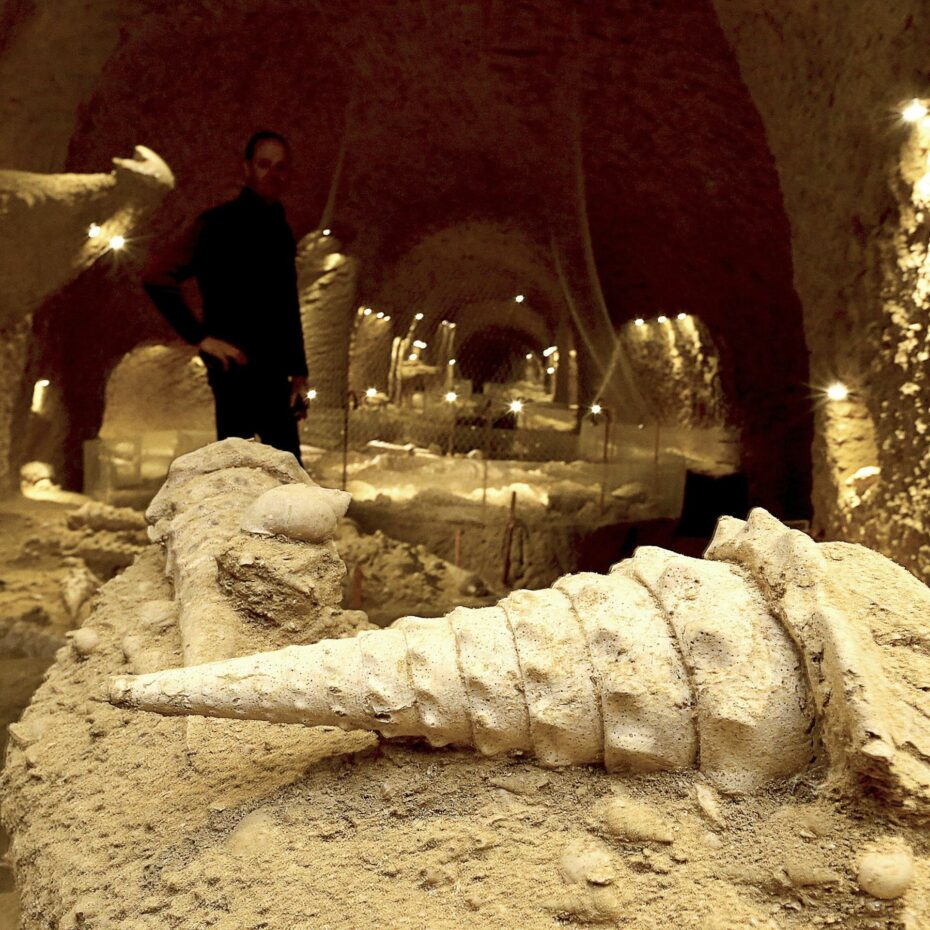
Their well-preserved remains, along with those of countless other marine organisms, have been found embedded in the limestone and chalk that form the geological foundation of the region.
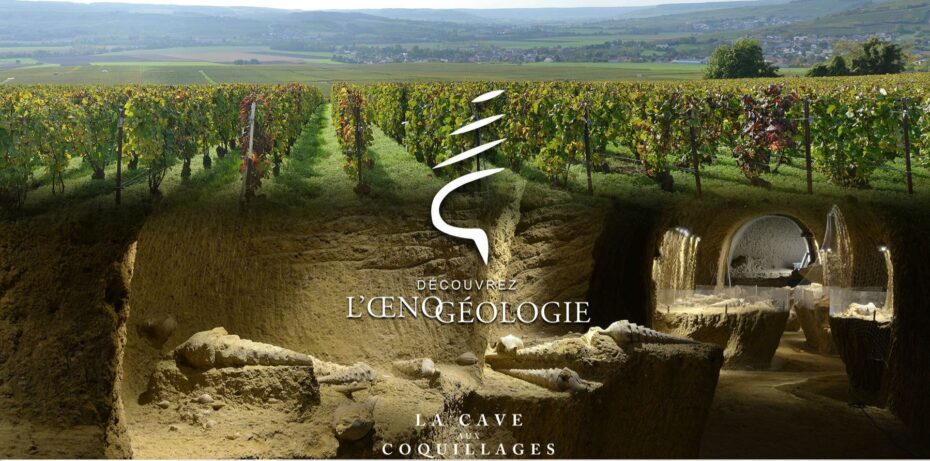
Thibaud Legrand is at the head of a 4 hectare family domain (passed down through the family for generations) and today produces organic champagne which is aged in their cellars alongside an unprecedented collection of prehistoric fossils. Thibaud’s father is a passionate fossil hunter and devotes a large part of his time digging in the chalk galleries beneath their vineyards, now also the setting of a unique museum, offering visitors a chance to step back in time and explore the prehistoric world that once thrived here. Inspired by this passion, Thibaud’s cuvées come from plots assembled according to the age of the subsoil.
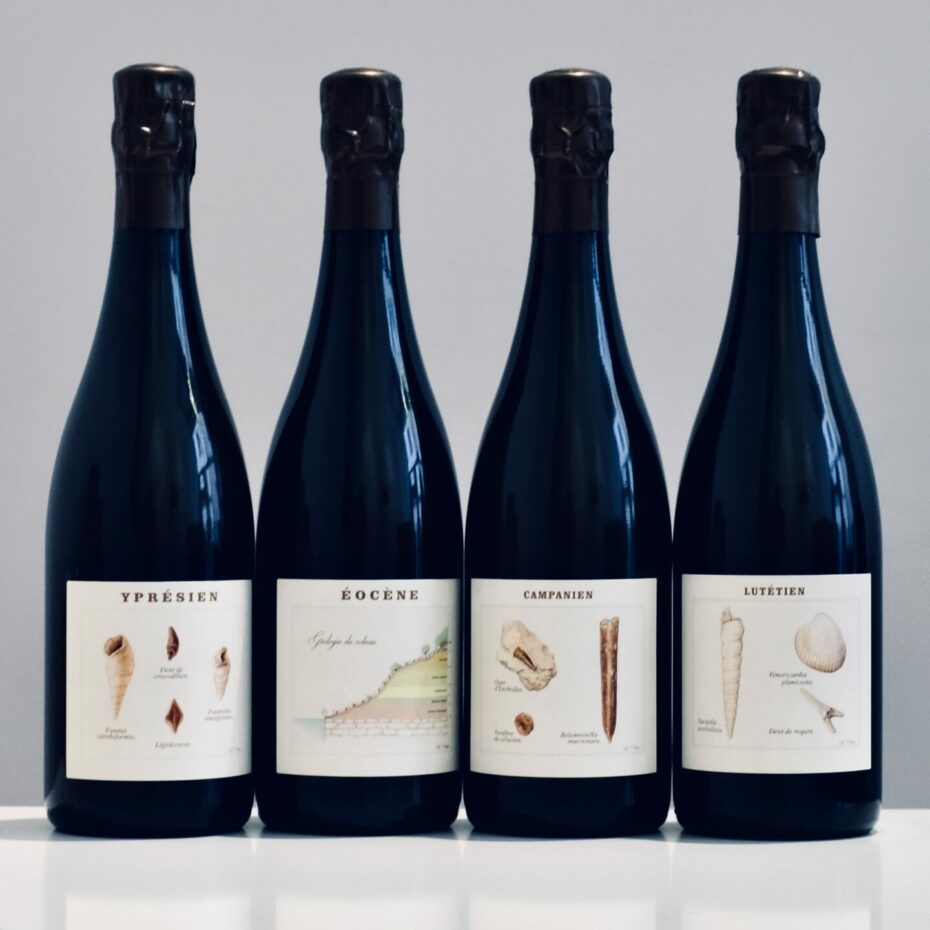
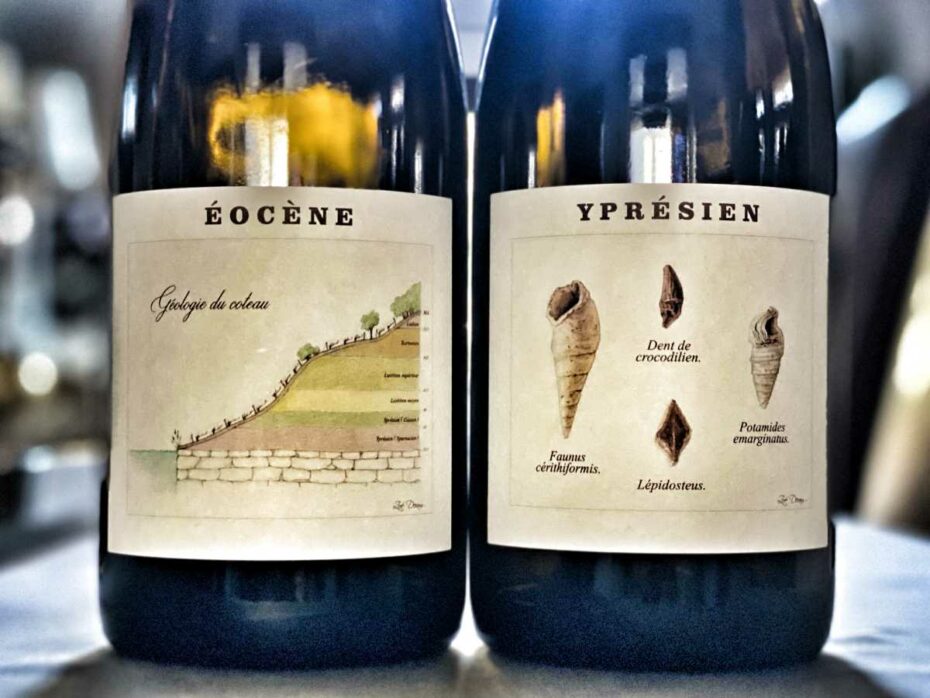
Located near the village of Fleury-la-Rivière in the Marne Valley, at La Cave aux Coquillages, visitors can view an impressive collection of fossils, including the giant snails and other marine creatures that inhabited the Lutetian sea. The exhibits provide a detailed look at the diverse marine ecosystem that once existed in Champagne, complete with interactive displays and educational programs that bring this ancient world to life.
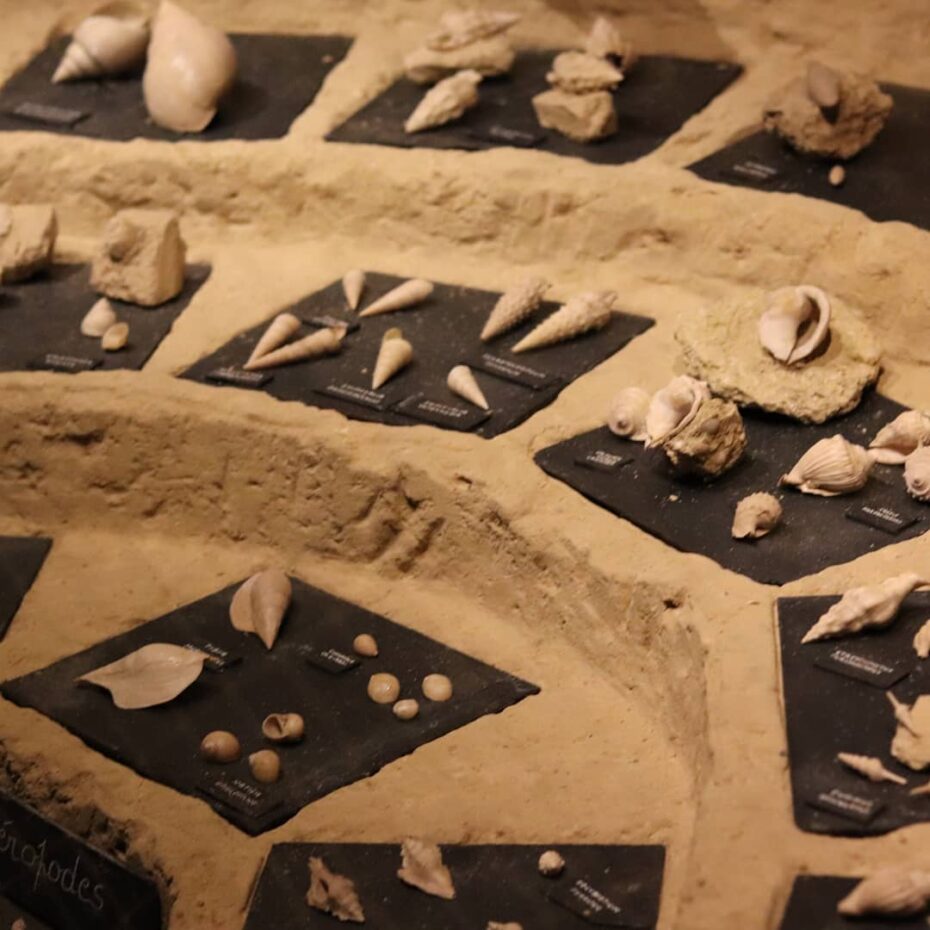
The discovery of these fossils is not confined to the museum alone. The entire Marne Valley is a treasure trove of paleontological wonders. The region’s chalky soils, which contribute to the unique characteristics of Champagne wine, are also the perfect medium for preserving fossils. This dual significance adds a layer of intrigue and depth to the story of Champagne, intertwining the region’s geological past with its cultural and economic present.
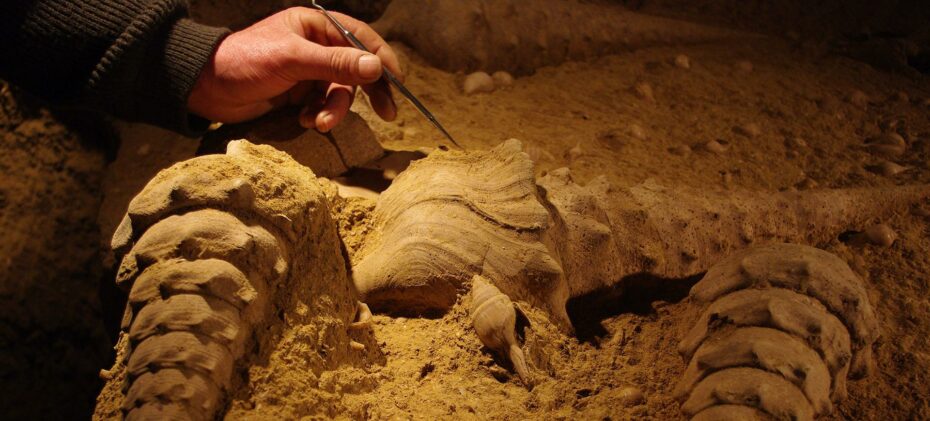
For fossil enthusiasts, the Marne Valley offers a rare opportunity to explore one of the richest fossil beds in Europe. Whether it is through guided tours, fossil-hunting excursions, or educational workshops, visitors can engage with the region’s ancient history in a hands-on manner. Canadian expat living in Paris, Cynthia Coutu of Delectabulles, offers bespoke excursions to Champagne. It just so happens that she’s a fellow reader of MNC and is the very reason my attention was turned to the fascinating wonderland of fossils beneath the vineyards of Champagne. And as you might recall, fossils aren’t the only thing hiding under the grapes.
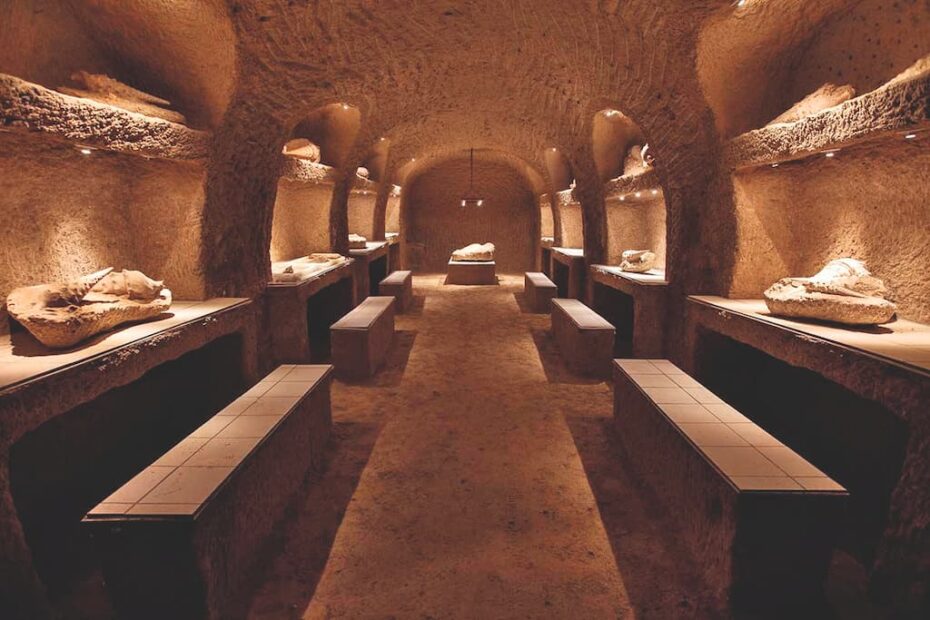
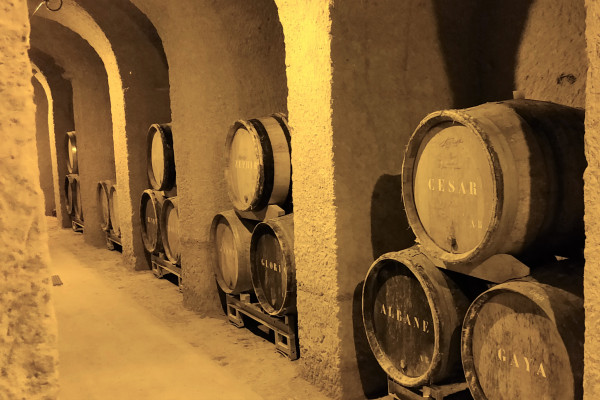
The connection between the Champagne vineyards and their fossil-rich subsoil is more than just a coincidence. The same geological conditions that preserved these ancient marine creatures also contribute to the unique terroir of Champagne, influencing the flavor and quality of the grapes grown here. This intertwining of natural history and winemaking creates a unique narrative that enhances the mystique and allure of Champagne, showcasing a transformation from a prehistoric marine environment to one of the world’s most celebrated wine-producing areas.
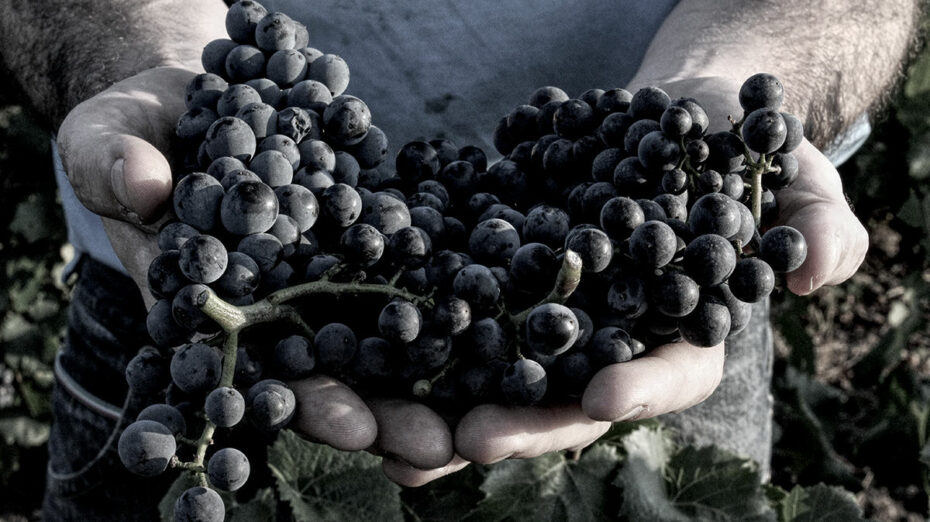
So the next time you sip a glass of Champagne, think not just of the flavours, but the ancient world where giant snails and tropical seas prevailed. The legacy of the Lutetian sea continues to resonate through the ages, a deep history that lies beneath the vines.







